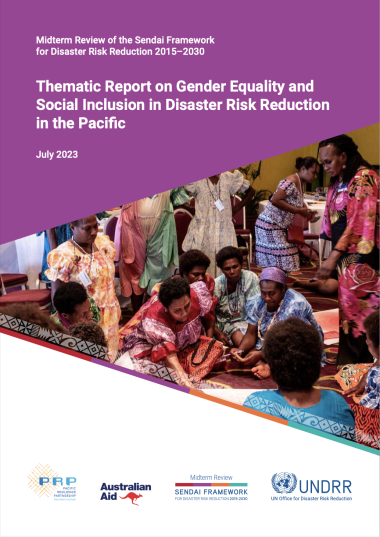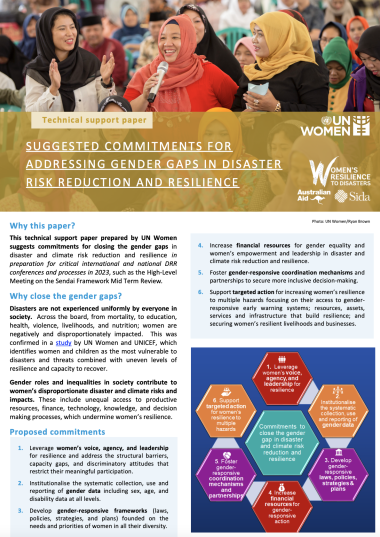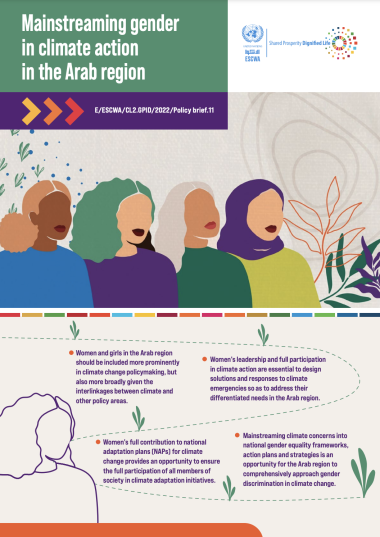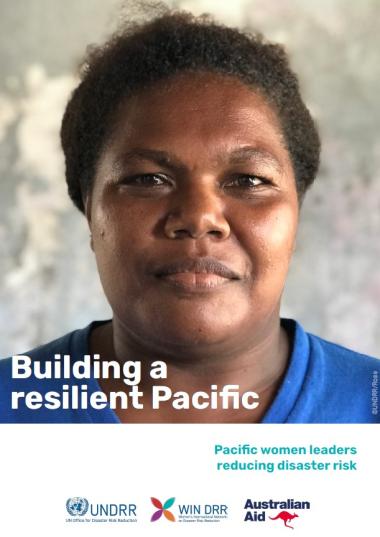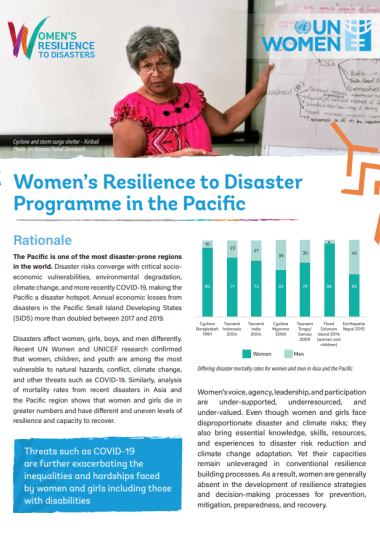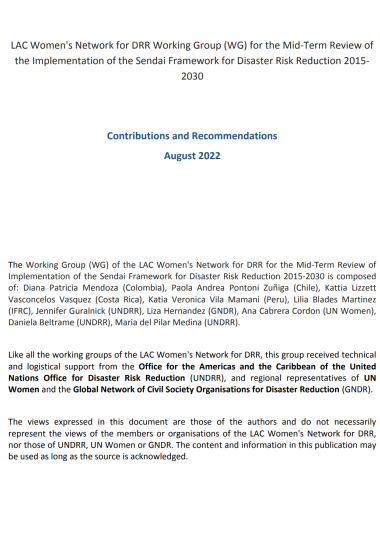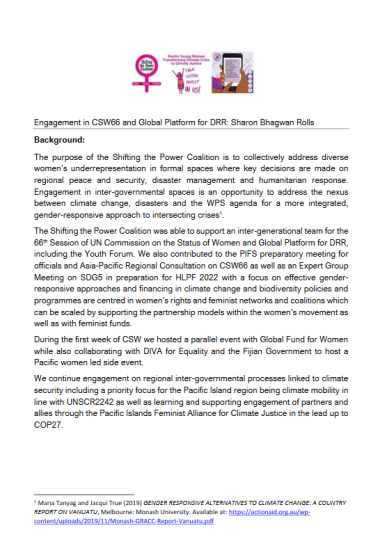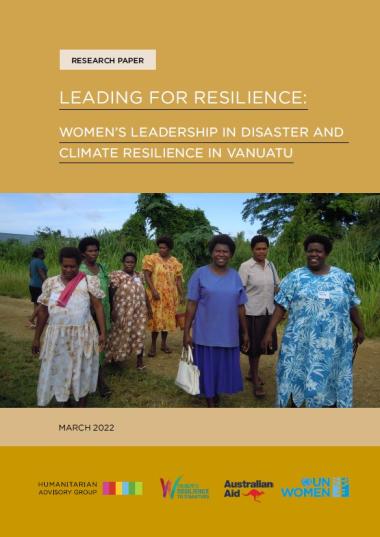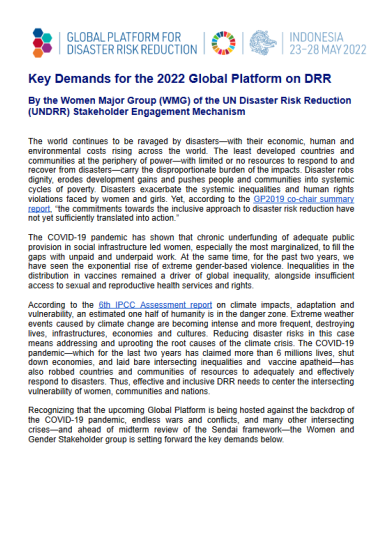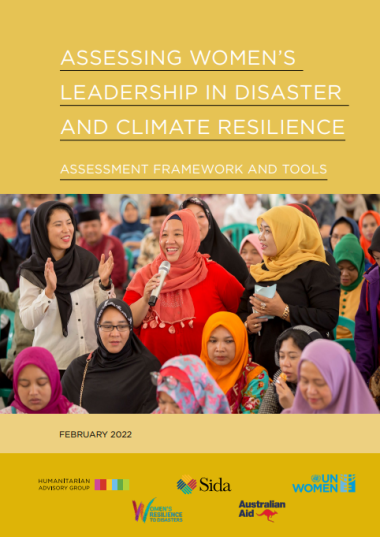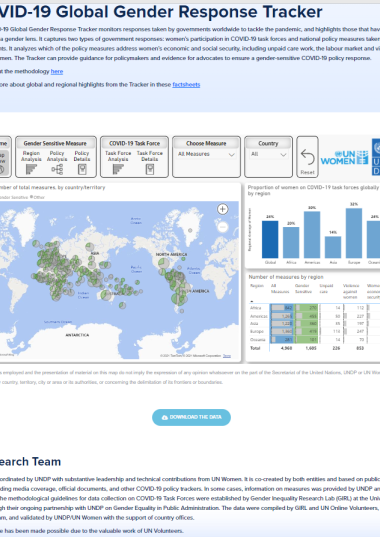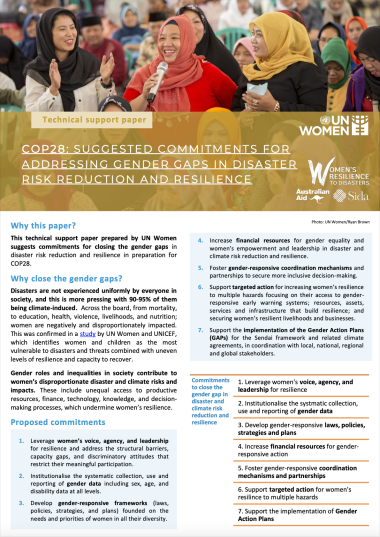
Women's leadership, voice, agency, participation & advocacy
Women and women’s organisations are critical agents of change in disaster risk reduction and recovery, yet their capacities remain unleveraged. This comes at a cost. Evidence suggests that women's exposure and vulnerability to disasters and threats can be amplified by their lack of agency and leadership in disaster and climate resilience efforts. Women are often under-represented in disaster risk reduction decision-making strategies and processes at all levels; and when present, their voices are seldom heard. For example, according to the UNDP and UN Women Global Gender Response Tracker, women made up less than one quarter of all national-level committees established to respond to COVID-19. When equipped with information, services, tools and opportunities; women and girls can propose, design, lead and implement innovative and transformative solutions to disaster resilience and build sustainable, secure, and thriving communities.
The leadership of women and women’s representative organisations brings essential knowledge, skills, resources, and expertise to support risk reduction, recovery and resilience building. Women’s leadership at all levels has been associated with better resilience outcomes for communities and marginal groups. This was confirmed in recent research by Care International in Vanuatu, which showed that building women’s leadership in disaster preparedness and response, increased the resilience of at-risk communities and schools during and after tropical cyclone Pam.
Women’s representative organisations are key to finding more durable and inclusive solutions to disaster and climate risks. Local and national representative organisations and gender advocates are often the most knowledgeable about the specific needs and capacities of women in disaster prone and affected regions. The same holds true for disabled persons organisations. Yet, their continued absence from relevant planning and implementation processes and mechanisms is undermining achievement of critical ambitions identified in the post-2015 agreements.
